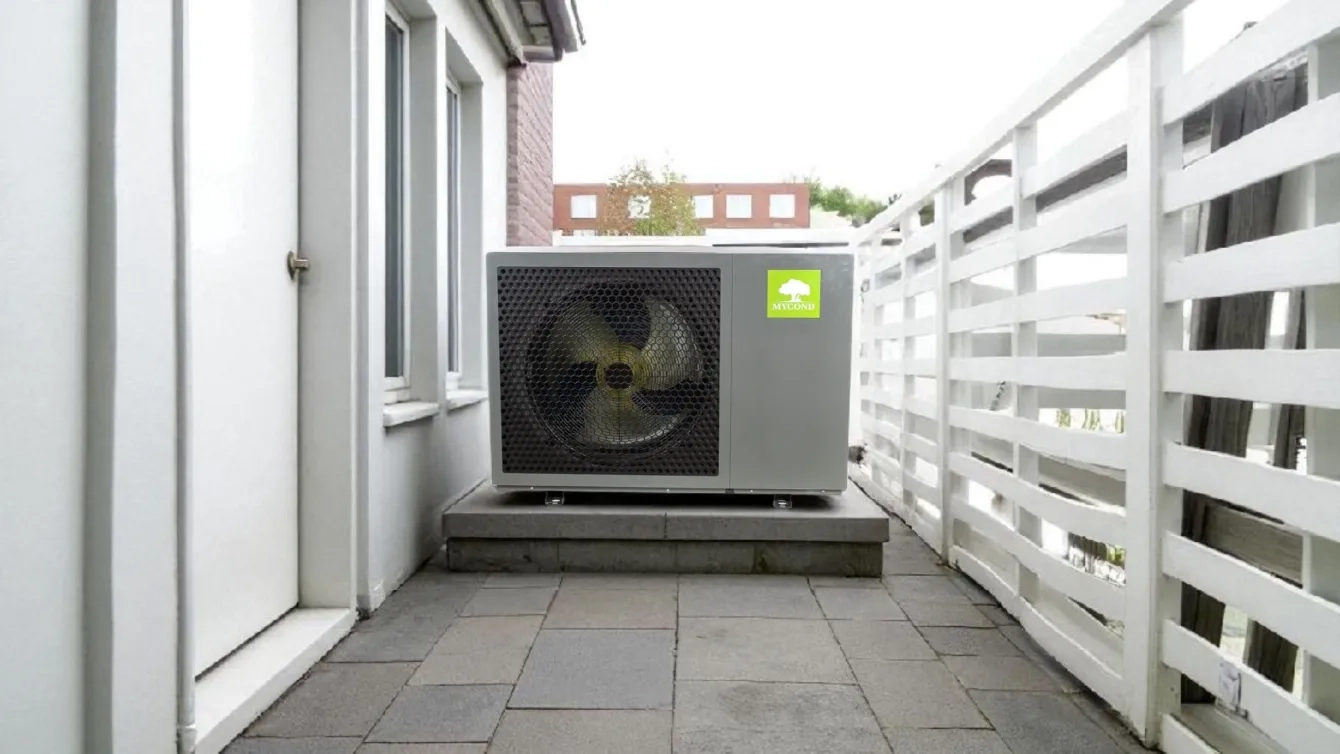
Rising prices for gas, firewood, and pellets are pushing private homeowners to seek more economical heating alternatives. However, the prospect of completely replacing the existing heating system often raises concerns: major renovation, significant expenses, prolonged inconvenience. Many would like to keep the existing infrastructure—old cast-iron radiators, pipes, distribution—while modernizing the system to make it more efficient and economical. Is this possible? Can you install a modern heat pump without completely replacing the entire heating system?
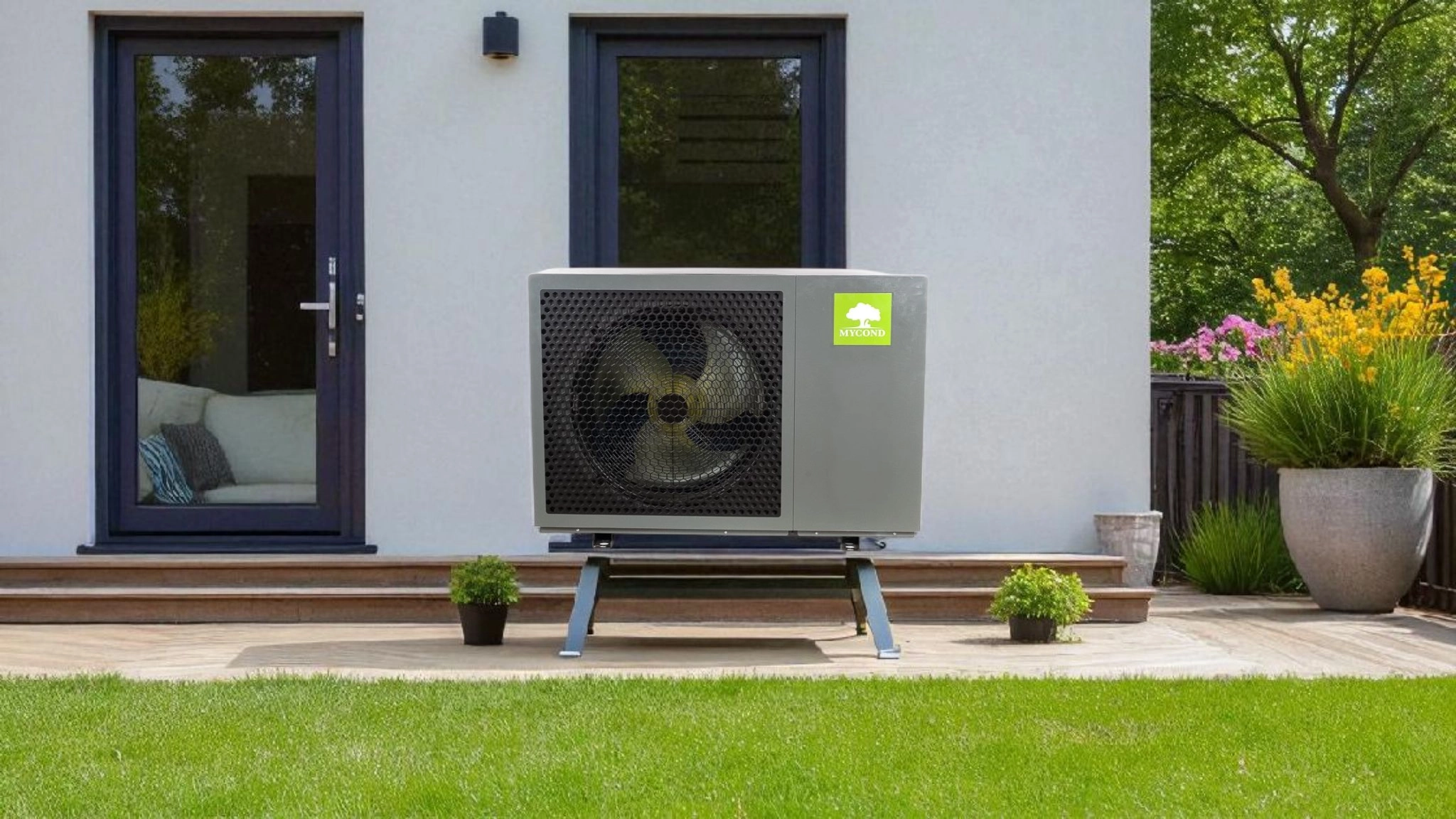
Heat pump retrofit scenarios for heating systems
There are three main approaches to retrofitting a heating system with a heat pump, each with its own advantages and specifics:
1. Full replacement of the boiler with a heat pump
This option involves completely disconnecting and removing the existing boiler (gas, solid fuel, or electric) and replacing it with a heat pump. This approach is optimal for homes with good thermal insulation and heating systems that can operate efficiently at a supply temperature of 60–75°C.
2. Hybrid (bivalent) system
With this approach, the heat pump is installed in parallel with the existing boiler. The heat pump carries the main load, and the boiler switches on only during peak periods (in very low outdoor temperatures) or as a backup. This is an ideal solution for regions with cold winters and for homes with insufficient insulation.
3. Phased integration with circuit optimization
This option involves dividing the heating system into several circuits with different temperature regimes. For example, the heat pump serves low-temperature circuits (underfloor heating, fan coils), while the boiler operates high-temperature radiators. Over time, the system is optimized: the home’s insulation is improved, and individual radiators are replaced where possible, allowing the entire heating system to be gradually transitioned to the heat pump.
Technical requirements and assessment of the existing heating system
To successfully integrate a heat pump into an old heating system, it is necessary to carefully assess its condition and compliance with technical requirements.
Old radiators and supply temperature
The main question that concerns owners of older heating systems: will the existing radiators work with a heat pump? The answer depends on the type of radiators and the characteristics of the specific heat pump model.
Typical required supply temperatures for different emitter types:
- Cast-iron radiators – 70–80°C
- Steel panel radiators – 65–75°C
- Aluminum radiators – 60–70°C
- Underfloor heating systems – 35–45°C
Most standard heat pumps are limited to a supply temperature of 55–60°C, which is insufficient for efficient operation of older radiator systems. This is why, during retrofit projects, it is often necessary to either increase radiator surface area or replace them entirely.
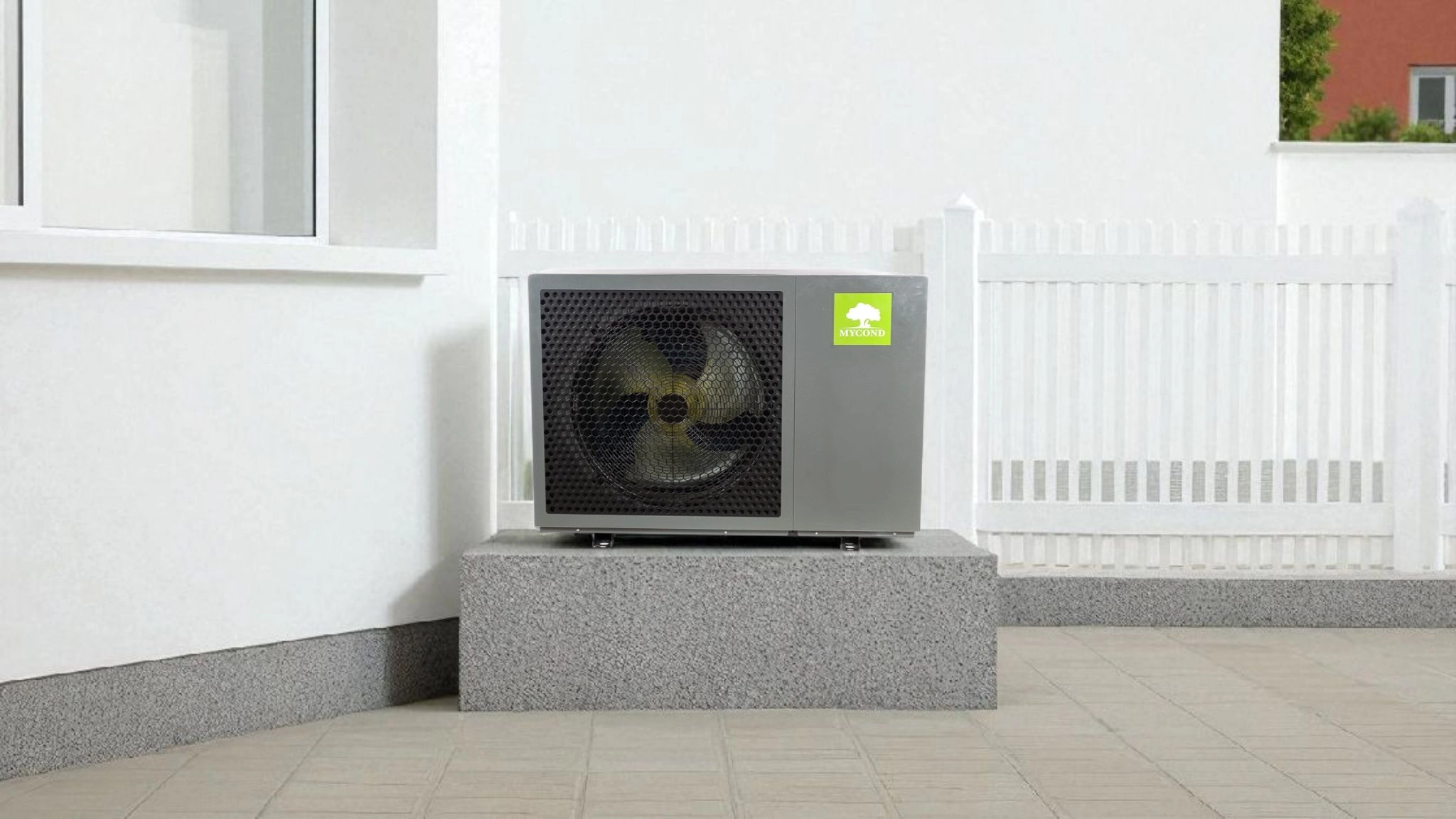
The need for a buffer tank
For heat pump systems, it is often recommended to install a buffer tank (thermal accumulator). It performs several important functions:
- Increases the total volume of the heat transfer fluid, reducing compressor cycling frequency
- Provides hydraulic separation between circuits with different parameters
- Allows thermal energy storage to optimize system operation
The exact sizing of the buffer tank depends on the heat pump capacity, the type of heating system, and its configuration. As a rule of thumb, a buffer volume of 20–30 liters per 1 kW of the pump’s heating capacity is recommended.
Heat load calculation for correct heat pump sizing
One of the most common mistakes during heating retrofits is incorrect heat pump sizing. To avoid this, you need to calculate the home’s heat losses.
Indicative specific heat loss values for homes with different levels of insulation:
- Good insulation – 50–70 W/m²
- Average insulation – 80–100 W/m²
- Minimal insulation – 100–120 W/m²
These figures are indicative and can vary significantly depending on the specific home. For accurate sizing, a detailed thermal calculation is required, taking into account:
- Floor area and room volume
- Quality of wall, roof, and floor insulation
- Window type and area
- Climate zone
- Ventilation system
Do not size a heat pump based only on floor area without considering other factors—this can lead to selecting a model that is either undersized or oversized.
Mycond BeeEco heat pumps for retrofitting old heating systems
The Mycond BeeEco heat pump series includes three models differing in capacity and suitable for various types of homes:
- MHCM 06 SU1A: heating capacity 6.3 kW at A7/W35, COP 4.9
- MHCM 12 SU3A: heating capacity 12.2 kW at A7/W35, COP 4.8
- MHCM 18 SU3A: heating capacity 18.5 kW at A7/W35, COP 4.8
All models share the following key characteristics:
- Maximum supply temperature: up to +75°C
- Refrigerant: R290 (natural propane)
- Operating range: from -25°C to +45°C
- Sound level: from 48 to 55 dBA
- Energy efficiency class: A+++ in low-temperature mode (W35) and A++ in medium-temperature mode (W55)
A unique feature of BeeEco heat pumps is their ability to operate with a heat transfer fluid temperature up to +75°C, which is critically important for retrofitting old radiator systems without replacing them. Most heat pumps on the market are limited to 55–60°C, forcing owners of older homes to replace radiators or increase their surface area.
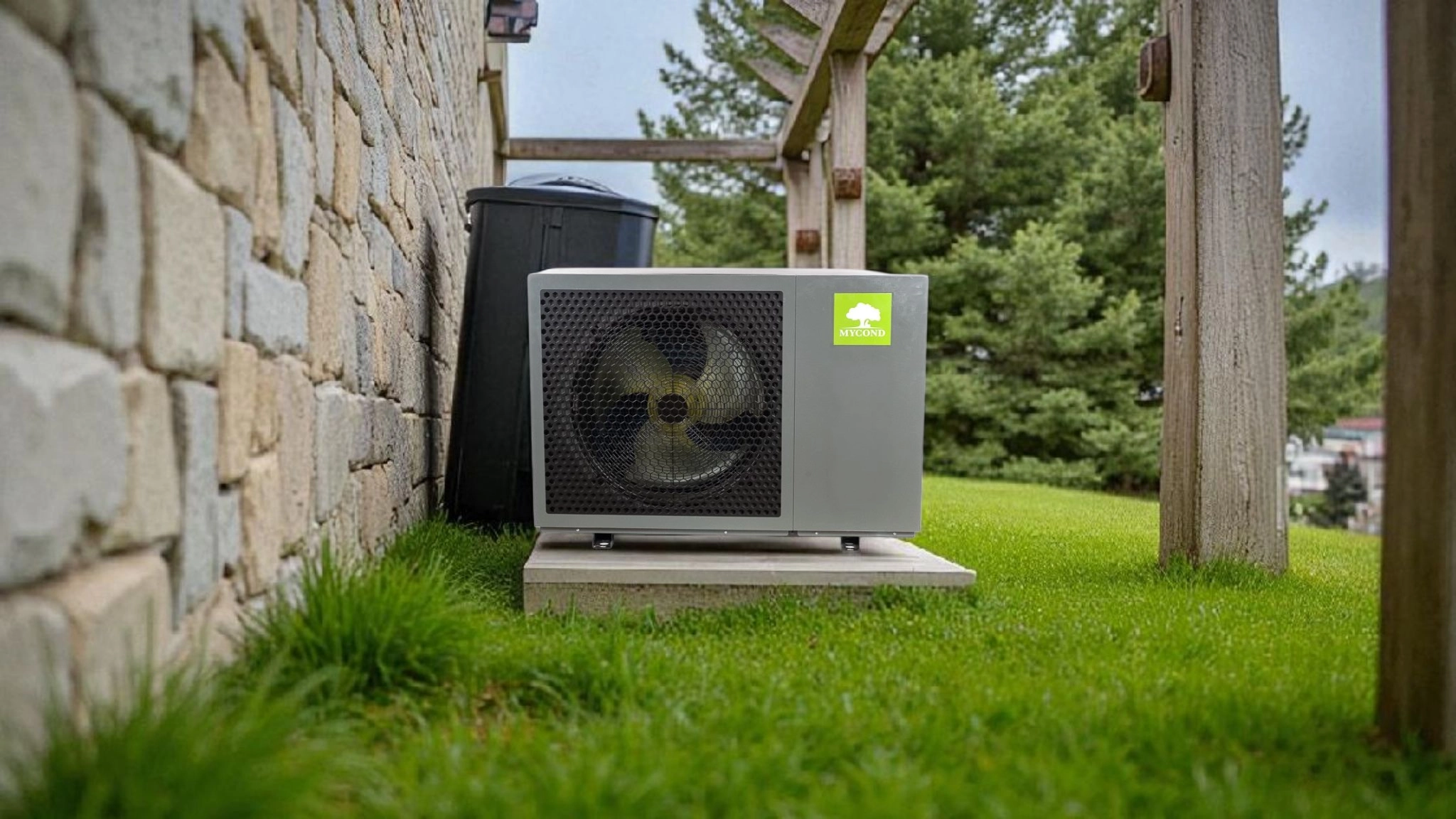
Thanks to the use of the eco-friendly refrigerant R290 (propane) and innovative technical solutions, BeeEco heat pumps maintain high efficiency even when operating with high-temperature heating systems.
Step-by-step connection scheme for a heat pump to an old heating system
The process of integrating a BeeEco heat pump into an old heating system consists of the following stages:
1. Assessment of the existing system
Before starting work, it is necessary to thoroughly check the condition of the existing system: pipe tightness, radiator condition, distribution type (single-pipe, two-pipe), presence of circulation pumps, and other components.
2. Heat loss calculation
Based on the home data (area, insulation, window type, etc.) and the results of the system assessment, a heat loss calculation is performed to determine the required heat pump capacity.
3. Choosing the integration scheme
Depending on the system condition and the owner's needs, the optimal integration scheme is selected:
- Parallel connection via a hydraulic separator
- Series connection in cascade with the boiler
- Bivalent (alternative or parallel) mode
4. Installation and connection
Installation of the BeeEco outdoor monoblock, connection to the hydraulic system, installation of a buffer tank (if necessary), installation of additional components (shut-off valves, filters, sensors).
5. Controls setup
Setting weather-compensated control, heating curves, and operating modes via the built-in touch controller or the Mycond App.
6. Commissioning and optimization
System start-up, checking all components, hydraulic balancing, and optimization of temperature curves for maximum efficiency.
Common mistakes when retrofitting a heating system
When integrating a heat pump into an old heating system, mistakes are often made that can reduce efficiency or even lead to equipment failure:
1. Underestimating the home's heat losses
This results in choosing an undersized model that cannot maintain comfortable indoor temperatures during low outdoor temperatures.
2. Incorrect heating curve settings
Weather-compensated control requires correct adjustment of heating curves, taking into account the specifics of the particular heating system and the home's insulation.
3. Ignoring the need to flush the old system
Before connecting new equipment, the old system must be thoroughly flushed to remove accumulated deposits that can damage the heat pump’s heat exchangers.
4. Insufficient system water volume
Stable heat pump operation requires sufficient system water volume, which often necessitates installing a buffer tank.
Hybrid system or full boiler replacement: which to choose?
The choice between a hybrid system (heat pump + boiler) and a full boiler replacement with a heat pump depends on several factors:
A hybrid system makes sense if:
- The home is located in a region with prolonged periods of very low temperatures (below -15°C)
- The home has insufficient insulation
- The existing heating system requires high supply temperatures (70–80°C)
- A backup heat source is needed in case of power outages
A full boiler phase-out is possible if:
- The home has good insulation
- The heating system is low-temperature (underfloor heating, fan coils) or can operate at 60–65°C
- The region has a moderate climate without prolonged periods of extremely low temperatures
- The heat pump has sufficient capacity to cover 100% of the home’s heat losses at design minimum temperatures
FAQ: The most common questions about retrofitting heating with a heat pump
Can a heat pump be connected to old cast-iron radiators?
Yes, if the heat pump supports a high supply temperature. The BeeEco model can operate with a supply temperature up to 75°C, which allows effective heating even through old cast-iron radiators.
How much does it cost to retrofit heating with a heat pump?
The cost of retrofitting depends on many factors: the heat pump’s capacity and model, the complexity of integrating into the existing system, and the need for additional components (buffer tank, hydraulic separator, controls). For an accurate estimate, we recommend contacting specialists.
Do I need to upgrade the electrical wiring when installing a heat pump?
It depends on the heat pump model and the condition of your electrical network. The three-phase MHCM 12 SU3A and MHCM 18 SU3A models require a 400 V supply. The MHCM 06 SU1A model operates from a single-phase 230 V supply.
How long does it take to pay back replacing a boiler with a heat pump?
Payback depends on many factors: energy tariffs, heating intensity, the efficiency of the heat pump and the existing boiler. Typically, the payback period is 3 to 7 years.
Can I install the heat pump myself?
To ensure proper operation and maintain the warranty, it is recommended to entrust installation to certified engineers. They have the necessary knowledge, experience, and tools for correct installation and setup.
What happens if the power goes out?
When the power is off, the heat pump cannot operate. Therefore, for regions with unstable power supply, a hybrid scheme with the boiler as a backup heat source or a backup power system (generator, battery system) is recommended.
Does a heat pump work in winter at low temperatures?
Yes, BeeEco heat pumps operate at outdoor temperatures down to -25°C with a COP of 3.5–3.6, providing efficient heating even on the coldest winter days.
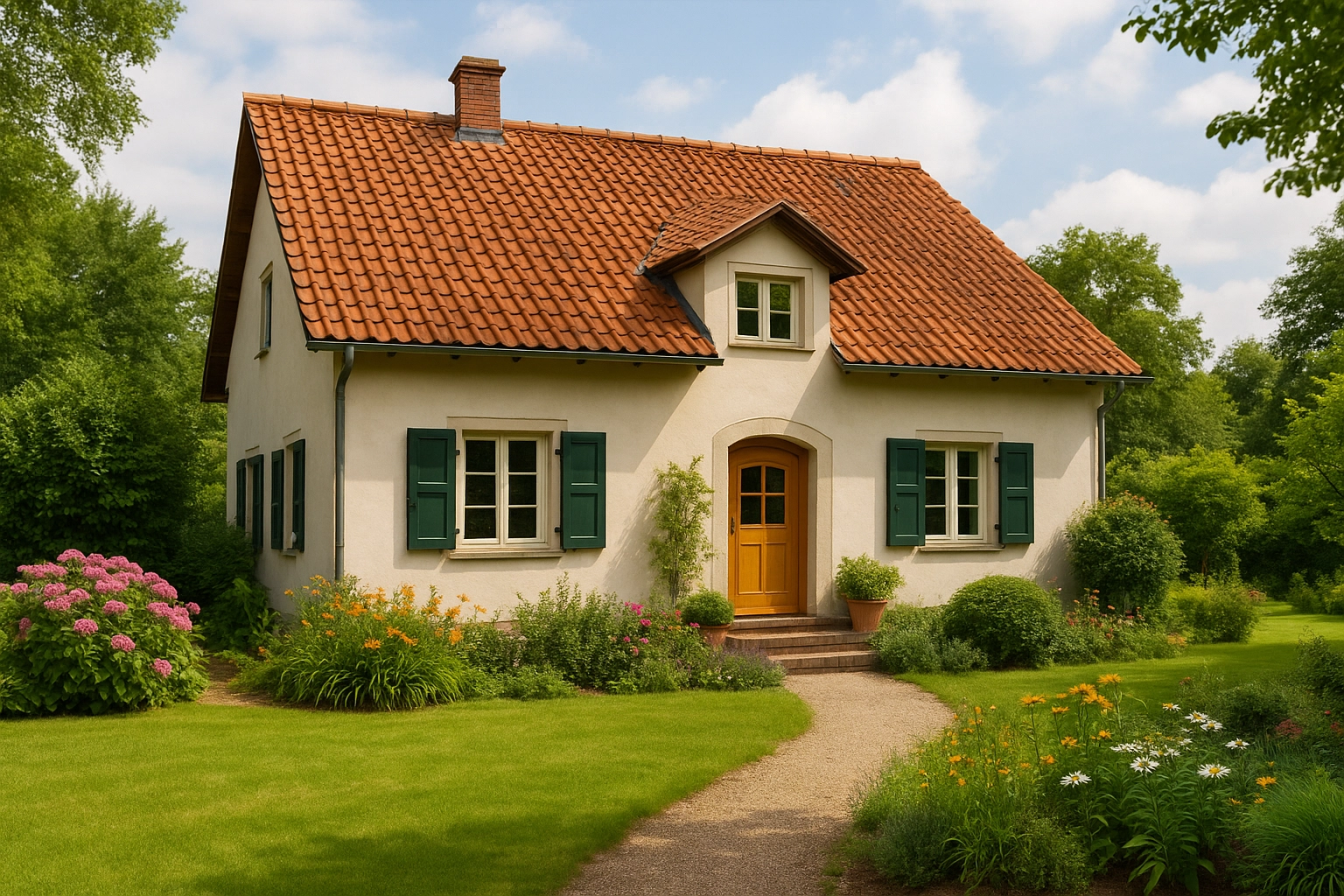
Upgrade your heating with Mycond BeeEco
Mycond BeeEco is a modern, comprehensive, and energy-efficient solution for retrofitting old heating systems without the need to fully replace radiators and piping. Thanks to its unique ability to work with high-temperature systems, BeeEco heat pumps deliver an optimal balance of technology, quality, and price in their segment.
Contact Mycond specialists to assess your heating system, select the optimal BeeEco model, and get installation advice. Our experts will help you design the most efficient retrofit scheme to ensure comfort in your home and reduce heating costs.
Phone numbers can be found on our website, or use the contact form at the bottom of the page.